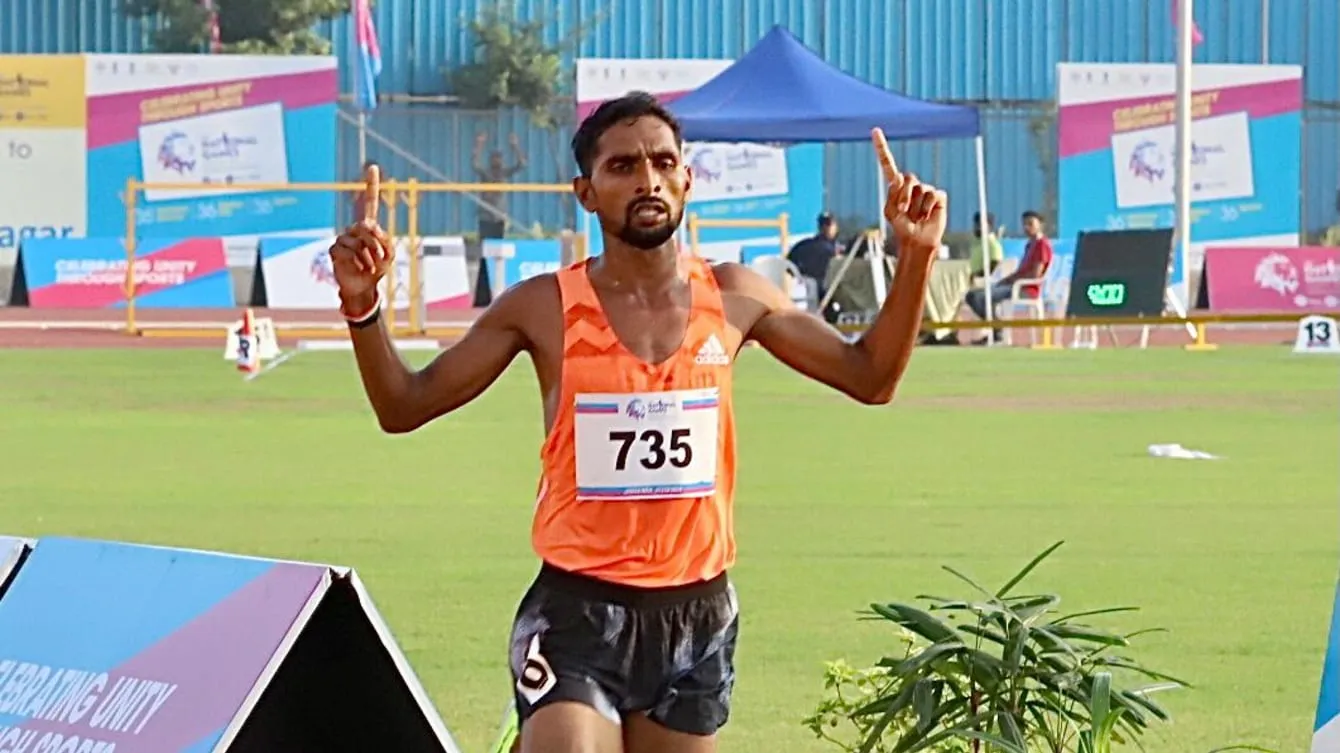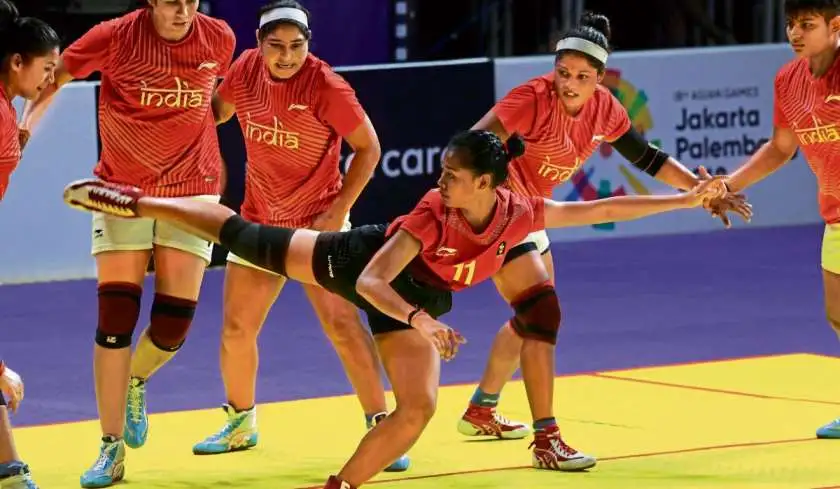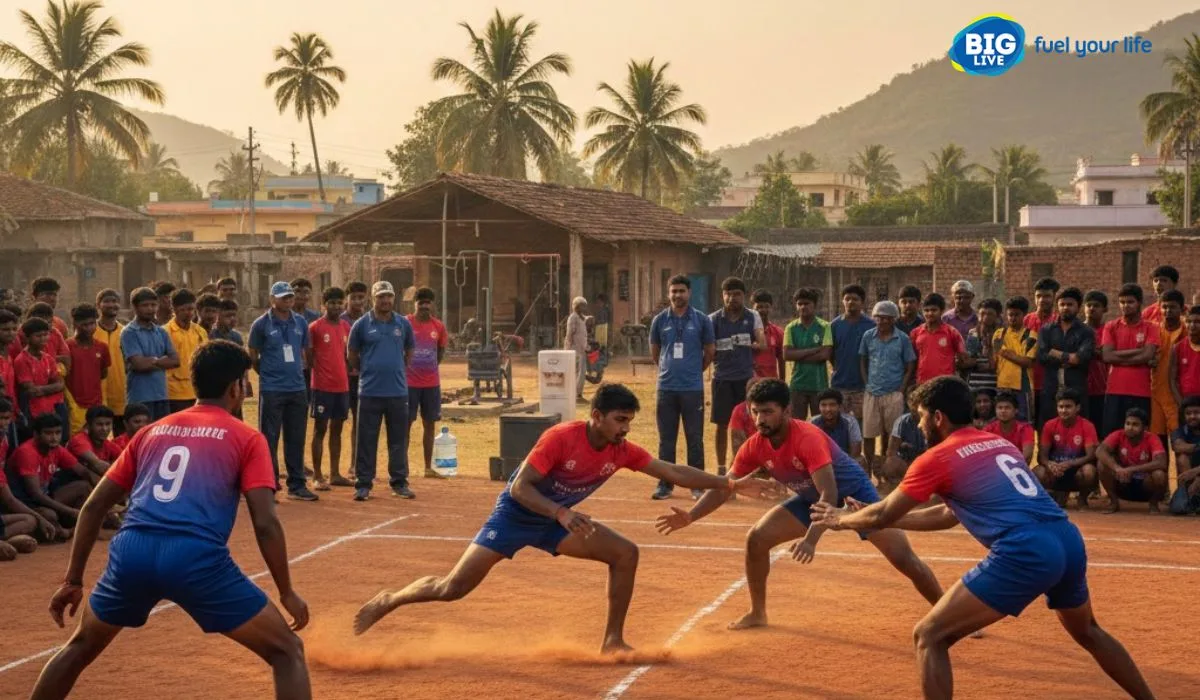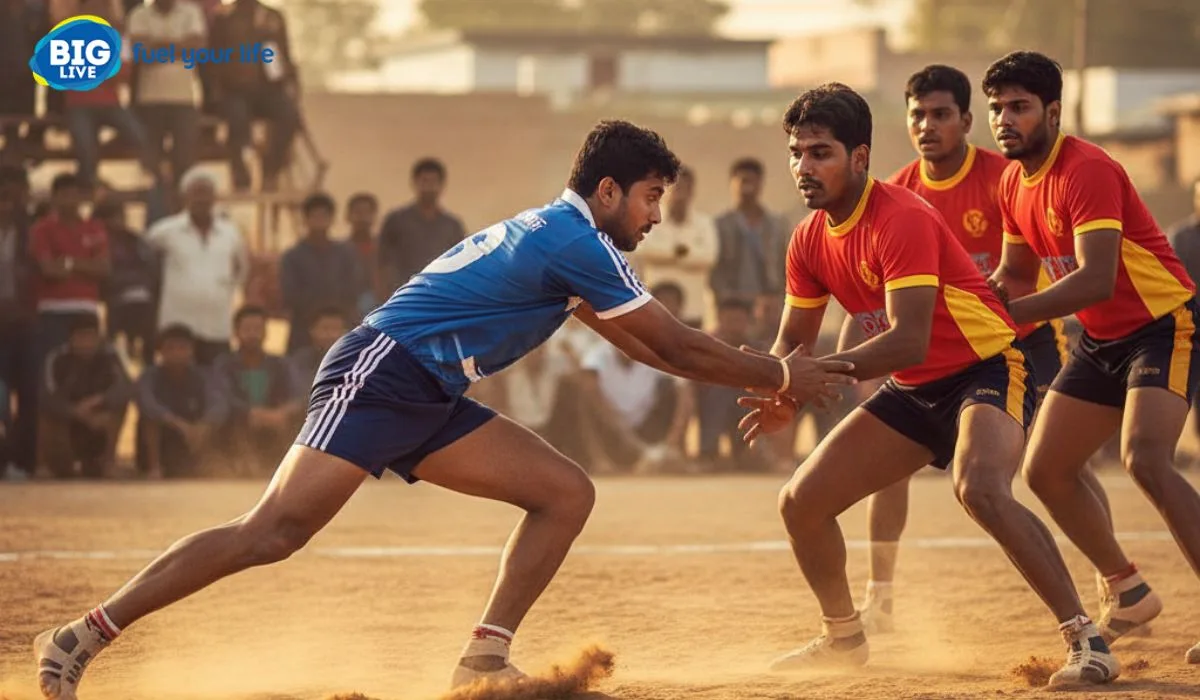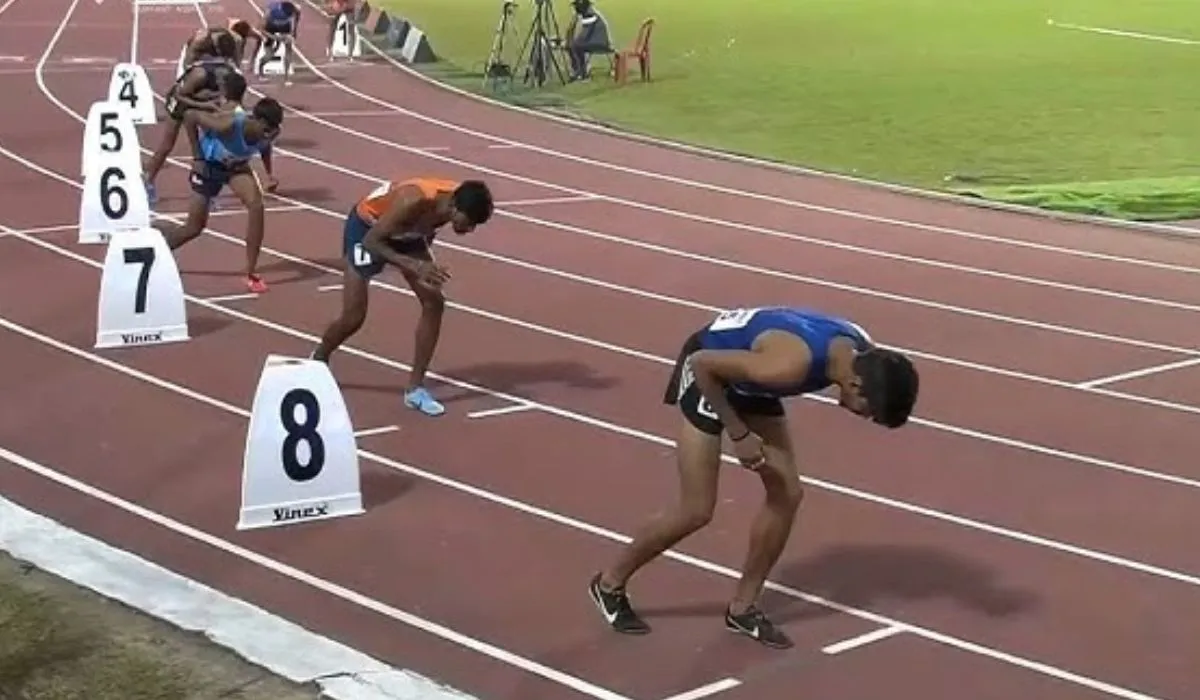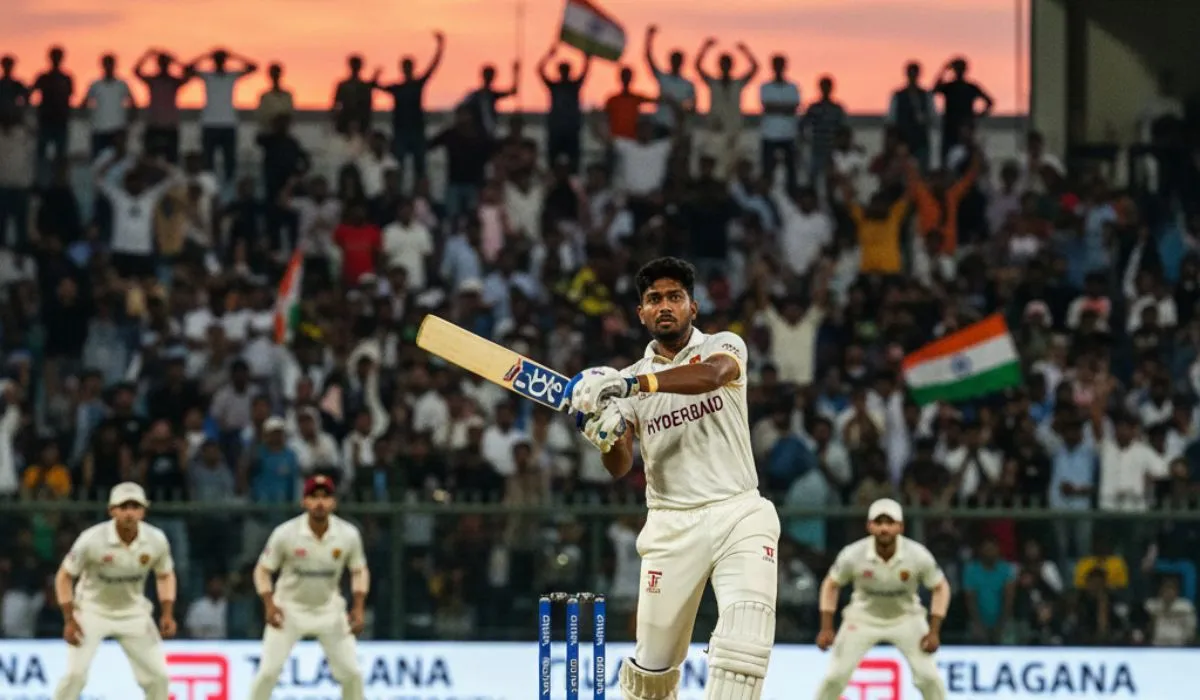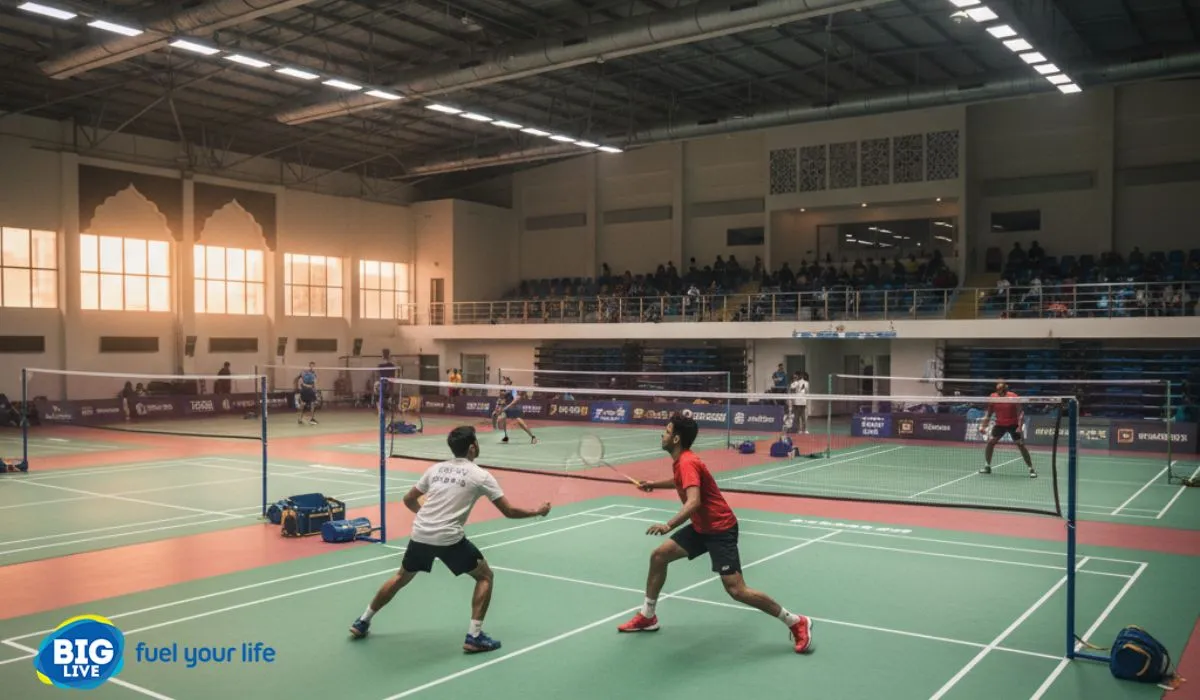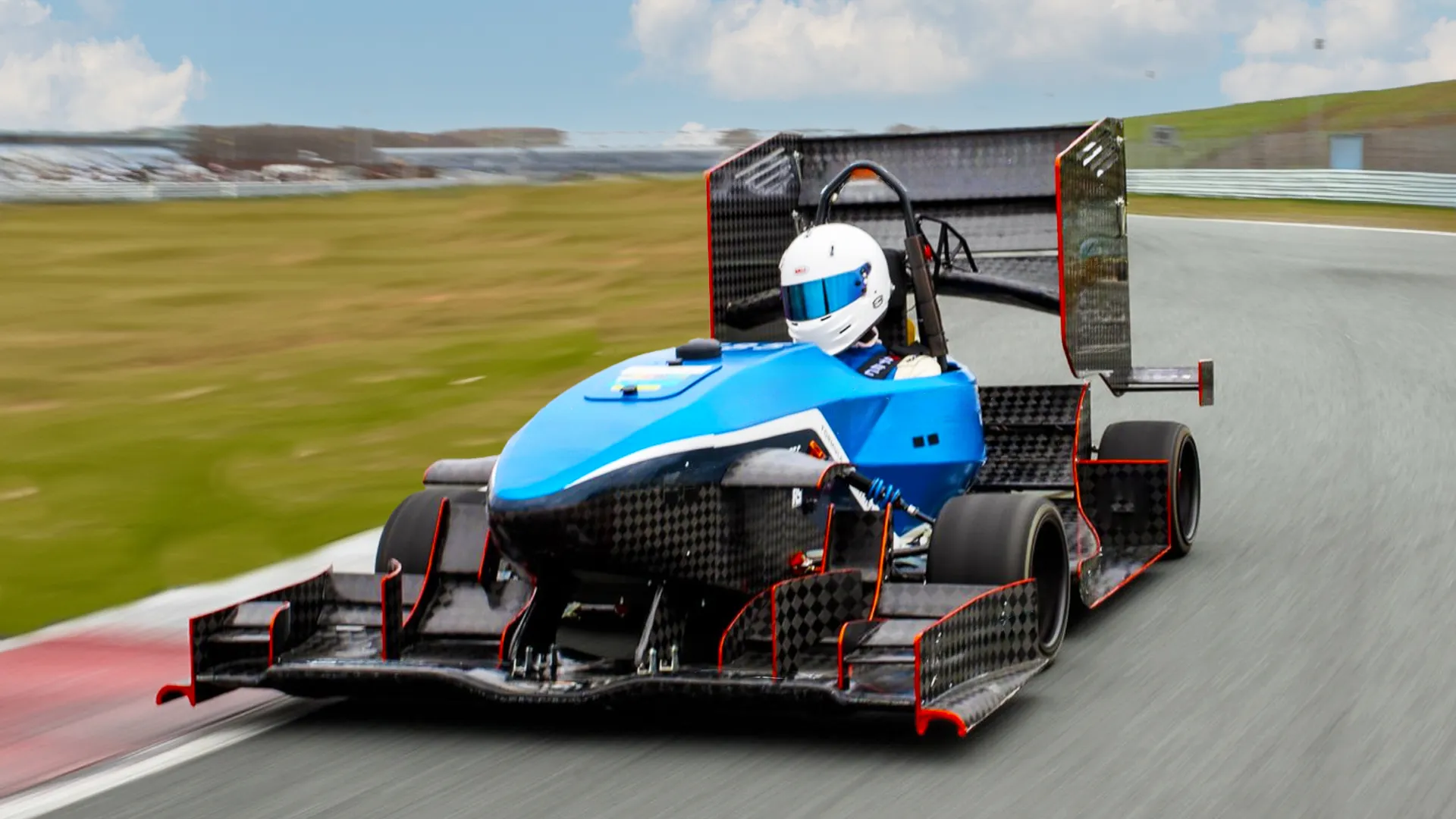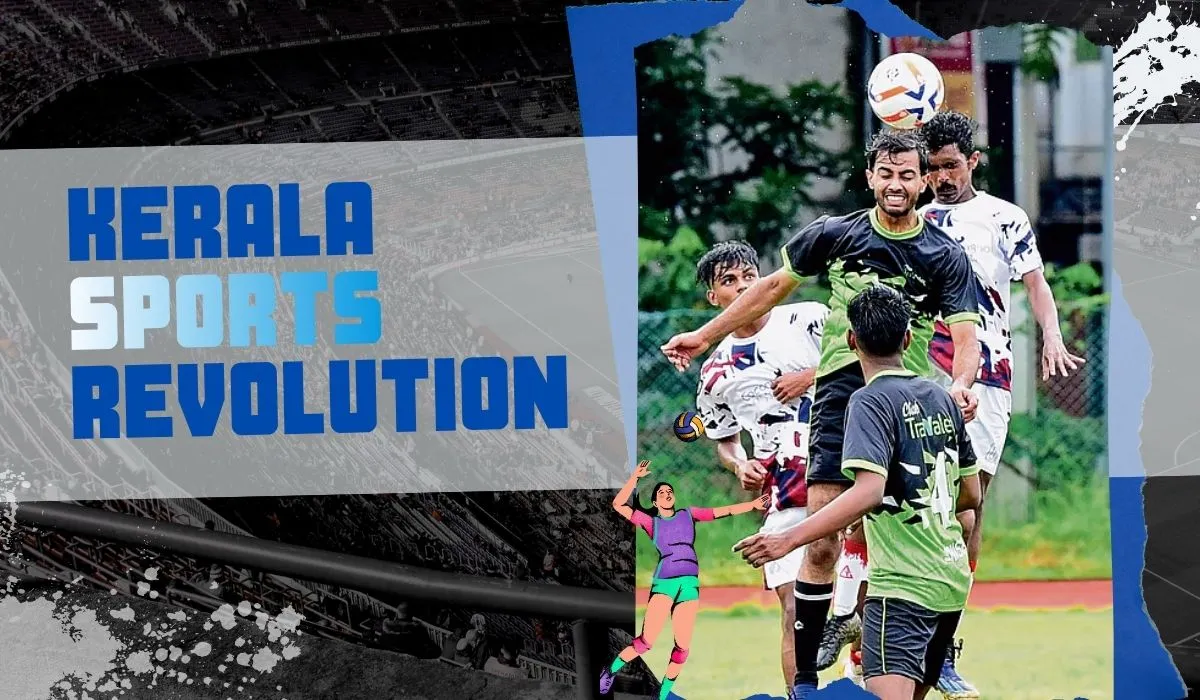You wouldn’t have guessed it, watching them walk in shy smiles, bags slung over their shoulders, spike shoes tied together, swinging like medals of quiet pride. But the moment they stepped onto the red track of Salt Lake Stadium, something changed. They became fire. Focused, fierce, and fast.
This wasn’t just another athletics meet. It was the grand wrap up to a season that saw Bengal’s sprinters grab attention, medals, and respect from across the country. And while it didn’t come with the glitz of cricket or football, it carried something deeper grit, resilience, and a quiet kind of glory.
This year, the track at Salt Lake Stadium didn’t just witness races it told stories. Stories of raw ambition, quiet discipline, and athletes chasing glory with nothing but grit in their pockets. From dawn practices to late night recovery sessions, Bengal’s sprinters poured their hearts into every step. And as the season drew to a close, they didn’t just finish strong they made the state proud.
Bengal’s Return to Speed
Track and field in Bengal has always been around, humming under the surface while more popular sports took the spotlight. But 2025? It felt different. It felt like sprinting finally took center stage. Much of that credit goes to grassroots efforts quietly unfolding over the past few years. The Bengal Athletics Association, never one to chase headlines, focused instead on building from the base. With projects like ‘Fast Lane Futures’, they’ve been scouting talent from small towns, training them at Salt Lake’s stadium, and crucially offering support systems that go beyond running.
Here, a coach offers more than just vocal commands. You get nutrition tips, injury care, strength training even help with travel and gear. It’s not perfect. But it’s getting there. And this season showed exactly what’s possible when you give raw talent a fair shot.
Meet the Young Guns of the Track
Ask anyone about the highlight of the season, and one name keeps popping up Megha Roy. Just 19, and already Bengal’s new sprint queen. Her 100-meter run clocked at 11.67 seconds stunned even the veterans. But it’s not just her speed that’s memorable, it’s how she got there. Megha grew up in Barrackpore, training on a broken school field with shoes two sizes too big. The business of her father is centered around electrical repair, while her mother works in an urban school. Money was tight. But determination? That was always in surplus.
She caught the eye of Coach Debalina Sen, who brought her to Salt Lake and polished the raw fire into clean, measured speed. “She’s got fight in her legs and faith in her head,” Debalina says with a grin. “That’s rare.” And then there’s Pratik Das, the 400-meter star who shaved a full second off his previous best this year. At just 22, he’s being seen as a national hopeful. He declared silver at the Chennai Nationals with a time that left the commentators doubled back. Pratik's ascent from his modest roots in Howrah was gradual but steady.
Let’s not forget the others either:
- Shristi Banerjee, still in her teens, sprinted to gold in the U-18 200m Nationals.
- Kunal Saha, who anchored the relay team with the kind of cool confidence that wins close races.
- And Diya Pal, who made a stunning comeback after a hamstring tear last year, proving that spirit often beats stats.
Salt Lake Stadium: More Than Just a Track
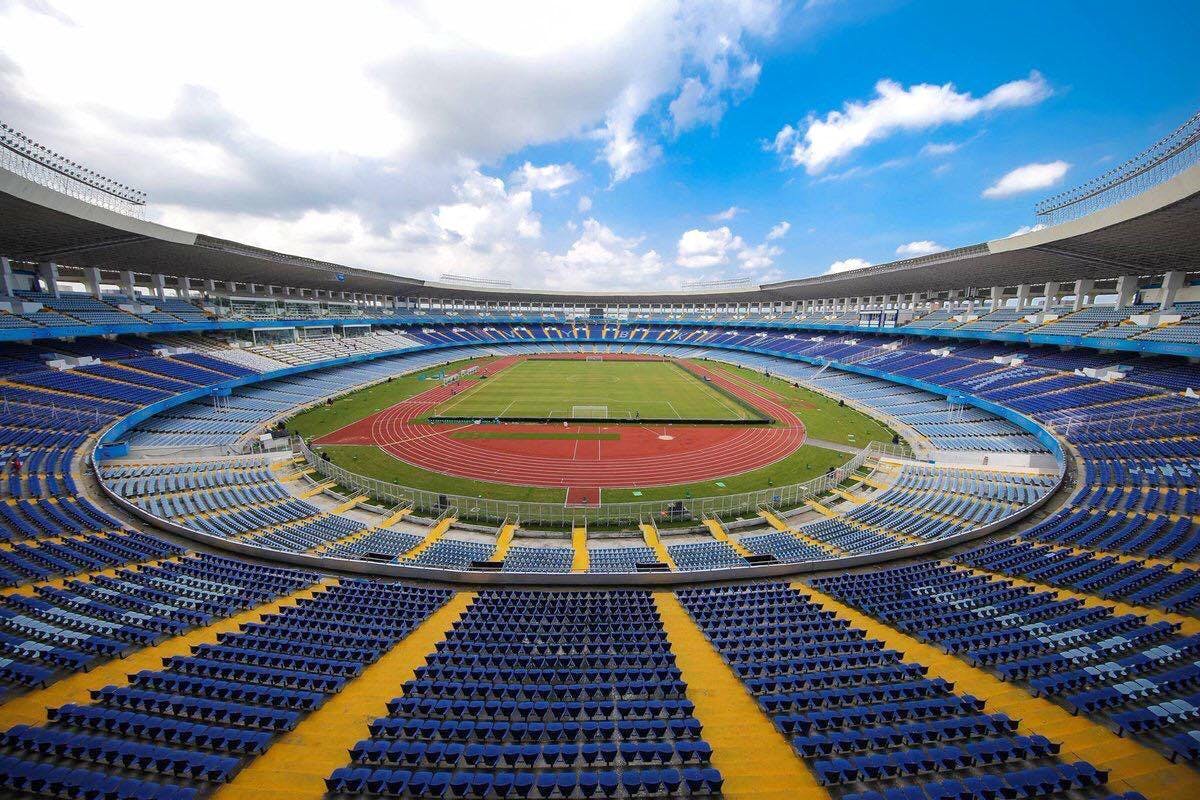
For many outside Kolkata, Salt Lake Stadium is mostly associated with football.Early every morning, though, before the cheers of football fans start, a different cadence unfolds. The sound of feet hitting the ground, the breeze slicing through the air, and the steady, deep breaths of runners pursuing time.
Training here isn’t glamorous. The track is due for resurfacing, the gym lacks modern machines, and the recovery room? It's usually just an ice pack and a pad. But for Bengal’s athletes, this is home.
Coach Abir Ghosh, who handles strength drills, doesn’t sugarcoat it. “We make do. That’s Bengal’s style. We push harder because we don’t have much else.” He’s been working with a mix of science and street smarts tracking stride patterns on phone videos, using resistance bands instead of fancy equipment, and still managing to produce results.
They’ve also tied up with the National Institute of Sports Science, and while that brings some tech support like motion tracking it’s still the human connection that defines this place.
The Season: A Combination of Triumph, Tenacity, and Elegance
Every season has its highs. And this occasion exceeded all expectations. At the East Zone Championships, Bengal's athletes secured six sprint medals three of them gold. That’s more than they've managed in the past ten years combined. It wasn’t just the medals, though. It was the attitude on the track. Unbreakable, solid, unchanging.
The State Meet in April was a heartwarming event when Rahul Chatterjee, renowned for his speedy 200 meters running, suffered aching muscles during the race. He tumbled. Rise up. Still made it across the finish line. Usually cautious, the audience stood and applauded.
He did not prevail that day. But he became a symbol. It’s about finishing what you start. There were quieter victories too. Like Coach Maya Das, who trains girls in a small village in South 24 Parganas. With barely any funding, she brought two of her trainees to the national stage this season. During the finale meet, she received a special award not for wins, but for impact.
The People Behind the Power
- For every medal you see, there are a dozen people behind the scenes making it possible.
- Like Rekha Pal, the physiotherapist who treats over 20 athletes a week, often without enough equipment. “Ice packs, tape, a lot of faith,” she laughs. “That’s my toolkit.”
- Or Sourav Banik, a former athlete who now volunteers at the stadium after his night shift at a printing press. “I never won anything big,” he says. “But if I can help someone else get there, that’s my win.”
- These are not roles that come with applause. But they’re the backbone. They’re the reason Bengal’s sprinters are rising again.
The People Behind the Finish Line Made It Possible
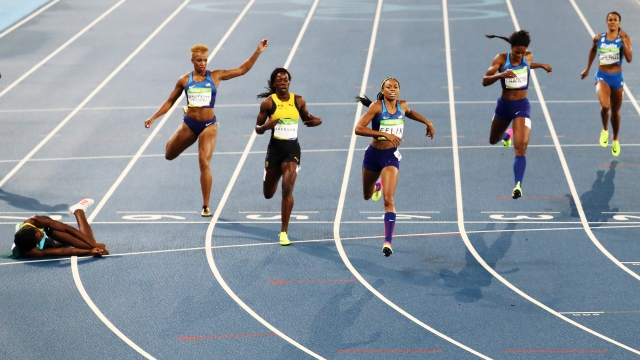
Behind every sprinter who shone this season were quiet powers people who might never mount a podium but without whom triumphs would still be aspirations. These are the physiotherapists, ground staff, volunteer coaches, and even parents who have devoted time, effort, and sometimes even their own money to help to define Bengal's sprinting narrative.
Take Rekha Pal, for instance. She’s been treating young athletes at Salt Lake Stadium for the past four years. Her clinic isn’t fancy just a small room with a massage table and a freezer full of ice packs. But she’s the first person athletes run to after a cramp or a twisted ankle. “Sometimes we work without ultrasound machines or proper taping kits,” she shares. “But when I see a kid I helped win gold, the struggle feels worth it.”
Then there’s Sourav Banik, a former runner who now works night shifts in a printing press. Every morning, before heading home to rest, he stops by the track. Not to train but to time races, fix broken hurdles, and hand out water bottles. “I couldn’t make it big as an athlete,” he says, “but that doesn’t mean I left the sport behind.”
Parents play their part too many of them skipping meals or working overtime to afford proper shoes or protein powder. Often in the heat, never seeking acknowledgement, they patiently wait near the sidelines. These are the voices that yelled motivation when races were lost and the hands that stitched torn jerseys. They are not making the news. But they brought Bengal's track stars to them.
What follows next?
This season's schedule is already in motion, even as they near the end of their run. The Bengal Sprint League is being planned as a way to introduce the tournament to cities like Durgapur and Siliguri and discover unexplored opportunities. Already on the horizon are the National Games in 2026; Bengal hopes to send its strongest ever track team.
Funding remains a concern. The BAA is in talks with private sponsors and hopes for increased government backing. And most importantly, efforts are being made to rebuild the Salt Lake track itself a long overdue upgrade that could make a huge difference.
In the End, It Was Never Just About Speed
As the final whistle blew at Salt Lake last month, the season didn’t end with fireworks. Just applause. Honest, heartfelt applause. Athletes hugged coaches. Coaches thanked volunteers. Parents watched quietly, some with tears, some with wide smiles. There were medals, sure. But there was something else too a sense that Bengal had found its rhythm again.
The sprinters of Salt Lake didn’t just run races this season. They ran past doubt, past injury, past limitations. They ran for their families, their towns, their coaches. For themselves. And in doing so, they didn’t just wrap up a season. They lit a path for the next.



